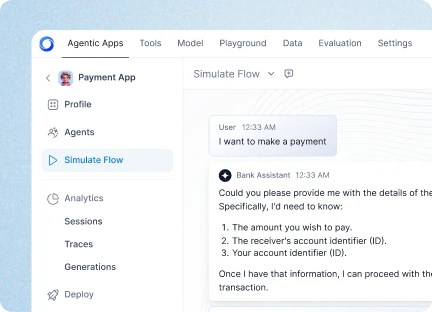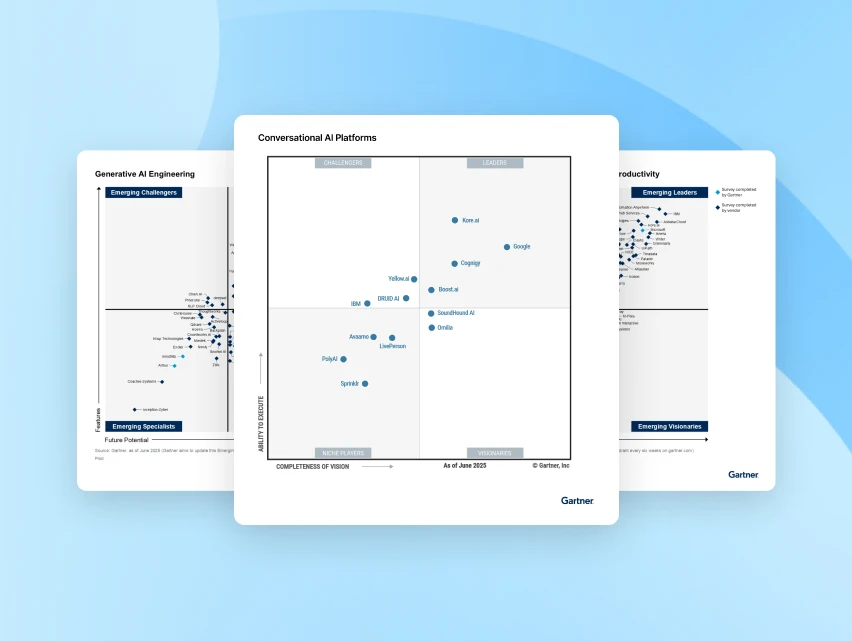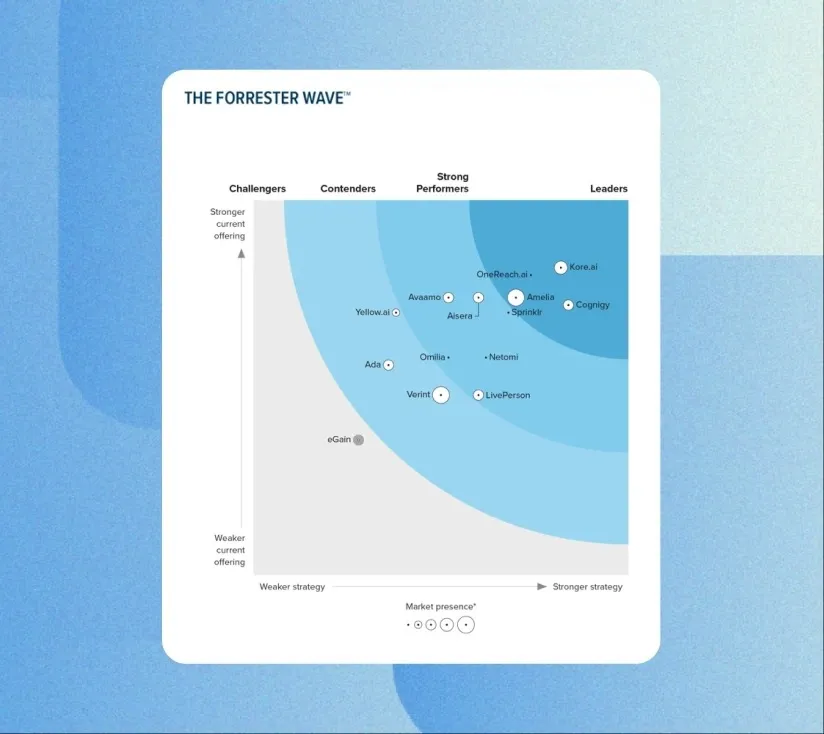As organizations scale AI across workflows, applications, and business units, prompts have quietly become one of the most critical and fragile components of the modern AI stack. They dictate agent behavior, decision patterns, and response boundaries. Yet in many enterprises, prompts are still created and modified in ways that resemble early-stage experimentation, not large-scale system engineering.
This creates a significant operational risk. A single change in a prompt can alter output quality, compliance posture, customer experience, or even downstream decisions, yet many teams have no structured way to track what changed, who changed it, or why.
The need for prompt version control has therefore become unavoidable. It adds structure and discipline to a component that directly shapes AI behavior, making AI systems more predictable, auditable, and scalable.
What is prompt version control?
Prompt version control is the systematic tracking, documenting, and managing of changes to prompts - the instructions that guide AI models and agents. In many ways, it brings software-grade rigor to an element that is often treated informally.
The foundational components include:
- Clear version history documenting how prompts evolve over time
- Traceability of changes, authors, and rationale
- Rollback paths to revert safely when performance degrades
- Controlled iteration to test, compare, and refine prompt strategies
In the absence of this discipline, organizations struggle with inconsistent agent behavior, fragmented experimentation, and an inability to diagnose regressions.
Why prompt version control matters for enterprise AI:
Prompts change frequently and every change affects system behavior
As teams refine AI systems, prompts go through hundreds of iterations. Without version control, organizations lose visibility into how these changes influence outcomes, leading to unpredictable system behavior that cannot easily be traced or corrected.
Auditability is mandatory for regulated environments
Whether driven by internal governance or external compliance, enterprises must be able to show what the AI was instructed to do at any point in time. Version control provides the evidence.
Faster troubleshooting and continuous improvement
When a prompt causes an unexpected result, version history enables teams to compare versions and identify where things went wrong. It also accelerates prompt optimization, as prior iterations are never lost.
Collaboration requires clear records
When multiple teams or contributors work on AI systems, uncontrolled prompt updates quickly create conflicts, confusion, and duplicated effort. Versioning enables synchronized workflows, shared understanding, and safer experimentation.
What enterprises should look for in prompt version control
A structured history of changes
A robust system must capture every edit, along with metadata such as:
- who made the change
- what changed
- why it changed
- when it changed
Side-by-side comparison of iterations
Comparing versions helps teams understand the impact of adjustments and select the best-performing iteration. For organizations building many agents or workflows, this becomes essential to maintaining quality.
Safe rollback capabilities
A mature prompt version control framework makes rollback immediate, preventing disruption and minimizing the impact of unintended changes.
The risks of operating without prompt version control
Enterprises that do not implement prompt versioning typically encounter:
- Lost progress when teams cannot revert or retrieve older prompt states
- Inconsistent agent behavior across environments or teams
- Misaligned collaboration, leading to overwritten work or conflicting edits
Core techniques for effective prompt version control
Structured systems
While traditional version control systems like Git can be adapted to manage prompts, many enterprises also use purpose-built workflows designed specifically for LLM components. Whichever system is used, the underlying goal is the same: structured, repeatable prompt change management.
Consistent naming and organization
Clear naming conventions help teams understand what each version represents, its purpose, and its stage in the lifecycle.
Examples include:
- v1.0_initial
- v2.1_refined_summarization
- v3.0_compliance_update
Rollback and recovery workflows
Enterprises should define clear processes to revert safely when prompt behavior regresses or when experimental versions underperform. Automated backups or checkpoints further reduce risk.
Templates to standardize creation and updates
Prompt templates, whether for summarization, classification, retrieval, workflows, or industry-specific tasks, provide a structured starting point, reducing variability and supporting more consistent prompt evolution.
How prompt version control enables scalable, trustworthy AI systems
More predictable AI behavior
Versioning ensures that changes do not introduce silent regressions or inconsistencies.
Faster iteration cycles
Teams can test, compare, and refine prompts without fear of losing prior work, accelerating learning and improvement.
Stronger collaboration across teams
Shared repositories and change tracking reduce conflict and create alignment, especially when multiple groups contribute to the same agents.
Better alignment with enterprise governance principles
Version control provides the transparency and accountability required for enterprise-scale AI adoption, especially as AI systems become more autonomous and widely distributed.
Key takeaways
Prompt version control is no longer a “nice-to-have.” It is a foundational capability for any organization scaling AI across workflows, functions, and user groups. A disciplined approach to prompt iteration, documentation, comparison, and rollback ensures that AI systems remain reliable, auditable, and continuously improving.











.webp)






